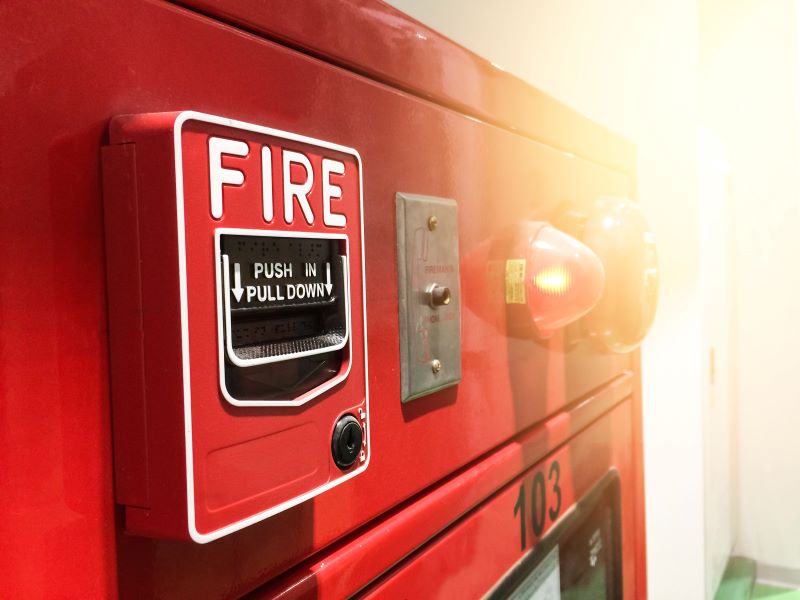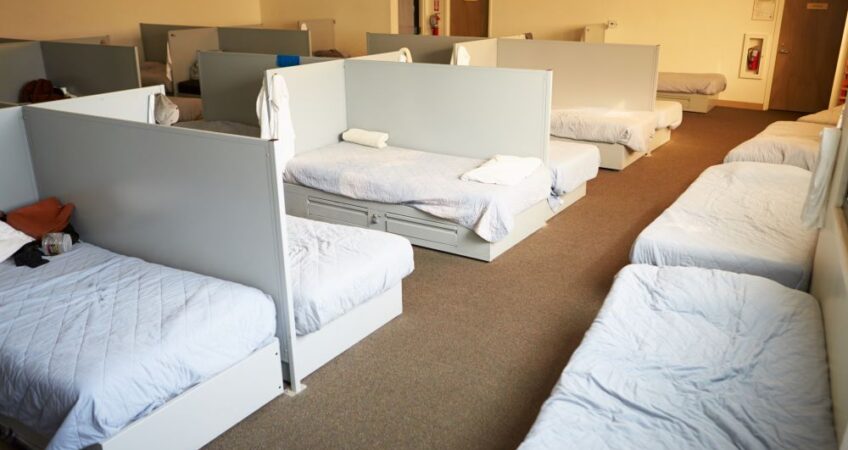In times of crisis, providing a safe refuge for vulnerable populations is essential. Homeless shelters and rehabilitation facilities play a crucial role in offering support and a sense of security to those in need. These facilities offer not only a roof overhead but also safety, warmth, and dignity during some of the most vulnerable moments in a person’s life. Amid the focus on basic needs like food and hygiene, one essential element must not be overlooked—fire safety.
Understanding the Vulnerability of Populations
In any communal living environment, the risk of fire is heightened. Crowded conditions, varying occupant behaviors, the presence of heating equipment, and limited access to fire prevention education can all increase the chance of an incident. For homeless shelters and rehab centers, this makes the presence of a reliable fire alarm system not just necessary—it’s life-saving. The individuals in these communities often face unique challenges that make them particularly vulnerable in emergencies:
- Mobility Issues: Many individuals in shelters or rehabilitation facilities may have limited mobility, making evacuation during a fire emergency more difficult.
- Cognitive Challenges: Some residents may struggle with mental health issues or substance dependencies that could impair their ability to respond calmly and effectively in emergencies.
- Lack of Preparedness: Unlike permanent residences, shelters and rehabilitation facilities may not be equipped with the same level of emergency preparedness or awareness, putting residents at increased risk during emergencies.
The Role of Fire Alarm Systems and Legal/Ethical Responsibilities
Fire alarm systems are designed to detect smoke, heat, and fire, alerting occupants and emergency services promptly. While fire codes vary by jurisdiction, most regions legally require functional fire alarm systems in any facility housing overnight occupants. But beyond regulatory compliance, it’s an ethical obligation. Providing safety is part of providing shelter. A fire could not only claim lives but also destroy a critical lifeline for a vulnerable population. For homeless shelters and rehabilitation facilities, these systems play several crucial roles:
- Early Detection and Notification: Fire alarm systems provide early warning signals, allowing residents and staff to respond quickly to potential fire hazards and evacuate safely.
- Integration with Emergency Protocols: These systems can be integrated with emergency lighting and communication systems, ensuring that evacuation routes are clearly lit and that instructions are communicated effectively.
- Monitoring and Reporting: Modern fire alarm systems can offer real-time monitoring and reporting, enabling facility managers to identify and address fire hazards proactively.
- Compliance with Regulations: Many regions have strict fire safety regulations that require shelters and rehabilitation facilities to have functioning fire alarm systems. Compliance not only protects lives but also ensures the facility can operate legally.

Best Practices for Implementing Fire Alarm Systems and Emergency Response Practices
Shelter staff must be trained not just in using the fire system, but in fire prevention and emergency response. Fire drills tailored to the population—taking into account mobility and cognitive ability—should be conducted regularly. Simple fire safety signage and education can also empower residents to help prevent emergencies. Service providers and suppliers offer a variety of options for these solutions to deploy the most effective fire alarm system in a unique environment for life safety regulations like these. To ensure the safety of residents in homeless shelters and rehabilitation facilities, the following best practices should be considered:
- Conduct Fire Risk Assessments: Regularly assess the facility for potential fire hazards and determine the most effective fire alarm system for the specific environment.
- Invest in Modern Technology: Utilize advanced fire alarm systems that include features such as smoke detection, heat sensors, and monitoring capabilities to enhance safety.
- Provide Training for Staff: Ensure that all staff members are trained in fire safety protocols, including evacuation procedures and the operation of fire alarm systems.
- Regular Maintenance and Testing: Implement a routine maintenance schedule to test and ensure that fire alarm systems are functioning correctly and to address any issues promptly.
- Engage Residents in Safety Drills: Conduct regular fire drills that involve residents, helping them become familiar with evacuation routes and procedures to build confidence and preparedness.

Various Components of an Effective Fire Alarm System
A comprehensive fire alarm system is far more than just a collection of smoke detectors and loud horns. It’s a carefully designed and integrated network of devices and controls that work in concert to detect, alert, and manage a fire emergency, ultimately saving lives and protecting property. A comprehensive fire alarm system for shelters and rehab facilities should include:
- Smoke detectors and sounders or speakers in every sleeping area and common space. Code often requires low-frequency notification devices in ADA or HVI units.
- Carbon monoxide detectors, especially near heating systems.
- Auditory and visual alarms to accommodate all residents and staff.
- Manual pull stations at or near all exits.
- System management services, including CLSS cloud platform and BMS/Security integration, if available.
- Automatic notification to local fire departments and monitoring services.
- Routine inspection and maintenance.
The Consequences of Inadequate Fire Safety
Inadequate fire safety poses a grave threat, especially in vulnerable environments like homeless shelters and rehab facilities, where residents often face the aforementioned challenges that impair their abilities to respond appropriately. The increased risk of fire ignition due to factors like overcrowding, improper heating and cooking, and smoking, coupled with the challenges of evacuating individuals with impairments and limited staffing, can lead to devastating consequences, including mass casualties, displacement, legal liabilities, and damage to community trust. Neglecting the installation of fire alarm systems in these facilities can have dire consequences:
- Increased Risk of Casualties: Without proper detection and notification systems, the risk of injury or loss of life in the event of a fire escalates significantly.
- Property Damage: A fire can devastate a shelter or rehabilitation facility, leading to extensive property damage and disrupting essential services for vulnerable populations.
- Legal Liability: Facilities that fail to implement adequate fire safety measures may face legal repercussions, including lawsuits and loss of funding.
- Community Impact: The loss of a shelter or rehabilitation facility due to a fire can have a ripple effect on the community, leaving many individuals without essential support services.
Fire alarm systems are essential for protecting the most vulnerable members of our society, ensuring them safety and well-being. Every individual deserves the assurance that someone is looking out for their well-being—even in times of great uncertainty. By prioritizing fire safety and implementing effective alarm systems, we can provide a secure environment that fosters hope, recovery, and community support. In a world where safety is paramount, investing in fire alarm systems is an investment in humanity and compassion.

Article by Dan Schratwieser
Sales Representative – Fire Alarm

